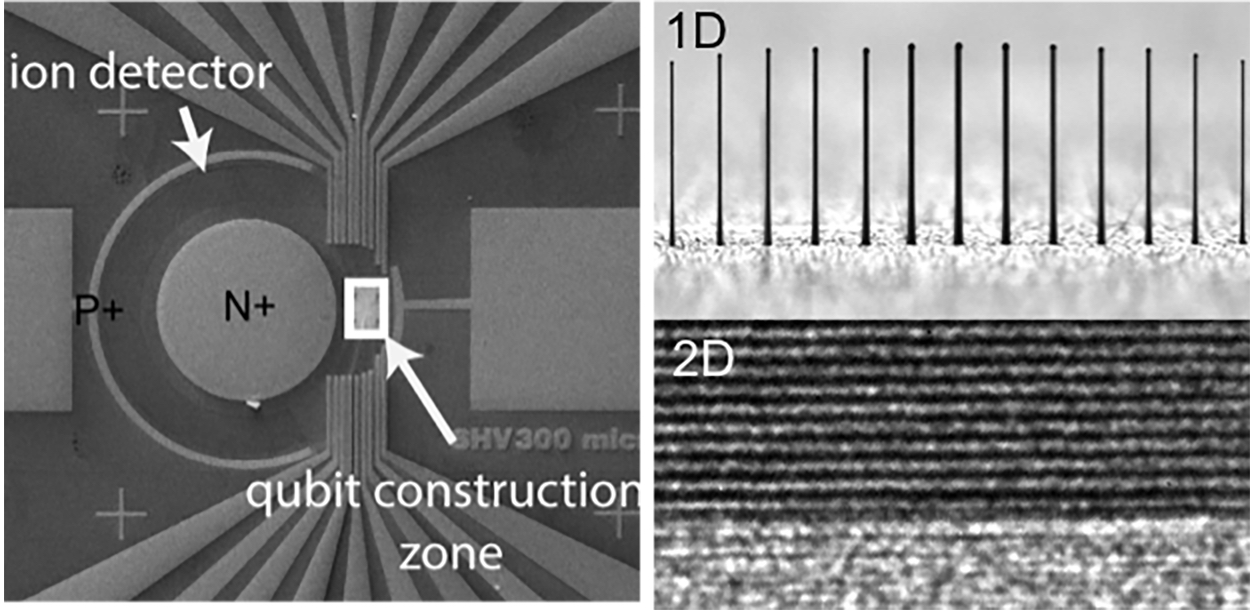Science Thrusts
Quantum Materials Systems

Jinkyoung Yoo, Thrust Co-Leader
Understanding and controlling quantum effects of nanoscale materials and their integration into systems spanning multiple length scales.
Key integration science challenges include: 1) elucidating and utilizing interactions between quantum systems and the environment at multiple scales (e.g. quantum sensed nuclear spin resonance); 2) preparing quantum materials in a precisely controlled manner; 3) discovering emergent phenomena in quantum materials under various excitations; and 4) integrating quantum materials in solid-state architectures for application at the macroscale.
In-Situ Characterization and Nanomechanics

Jim Werner, Thrust Co-Leader
Developing and implementing world-leading capabilities to study the dynamic response of materials and nanosystems to mechanical, electrical, or other stimuli.
Key integration science challenges include: 1) how defects and crystal distortions alter the electronic and/or mechanical properties in nanostructured materials; 2) how coupling between electronic and mechanical behaviors affect the functionalities of integrated nanostructures; and 3) How we understand and control energy transfer across interfaces and over multiple length scales.
Nanophotonics and Optical Nanomaterials

Rohit Prasankumar, Thrust Co-Leader
Discovery, synthesis, and integration of optical nanomaterials; exploitation and characterization of emergent or collective electromagnetic and quantum optical phenomena, from nanophotonics and metamaterials to quantum coherence.
Key integration science challenges include: 1) advancing synthesis and integration to access materials and structures predicted to afford a desired functionality; 2) moving beyond quantum-size control to multiscale interaction control for collective and emergent electromagnetic phenomena; 3) realizing multifunctional behavior in hybrid photonic nanostructures and metasurfaces; and 4) developing theoretical and characterization techniques at extreme length and time scales to address hierarchical coupling, transport and transfer phenomena.
Soft, Biological, and Composite Nanomaterials

Peter Goodwin, Thrust Co-Leader
Synthesis, assembly, and characterization of soft, biomolecular, and composite nanomaterials that display emergent functionality.
Key integration science challenges include: 1) designing interfaces and controlling their interactions across multiple dimensions, length- and time-scales; 2) self- and active-assembly of soft and hybrid nanostructured materials; 3) developing new characterization tools and optical probes for detection and imaging; and 4) theory and simulation to understand and predict the behavior of hierarchical structure and dynamics of soft matter systems.




